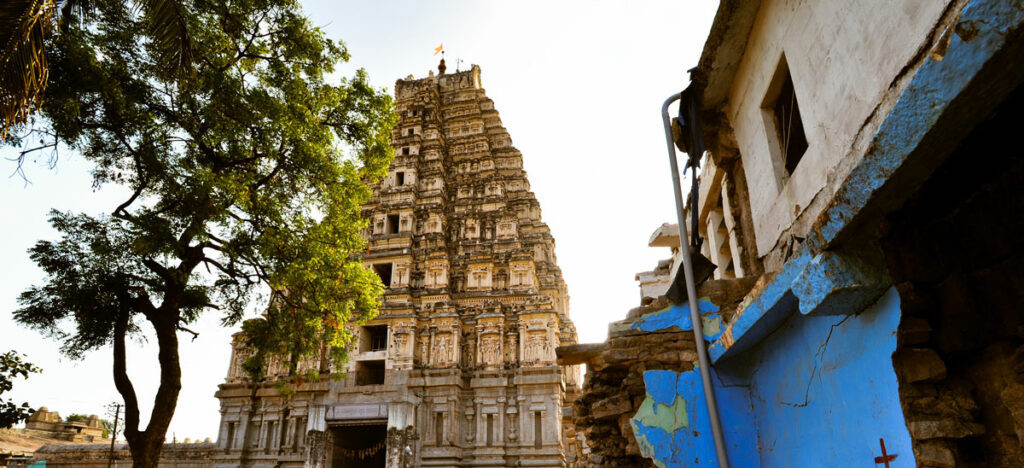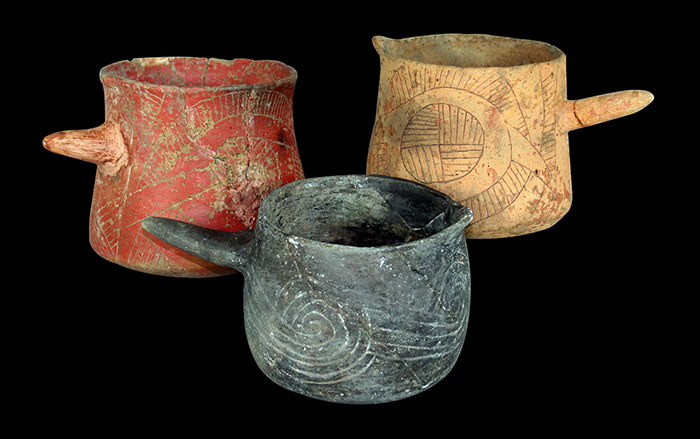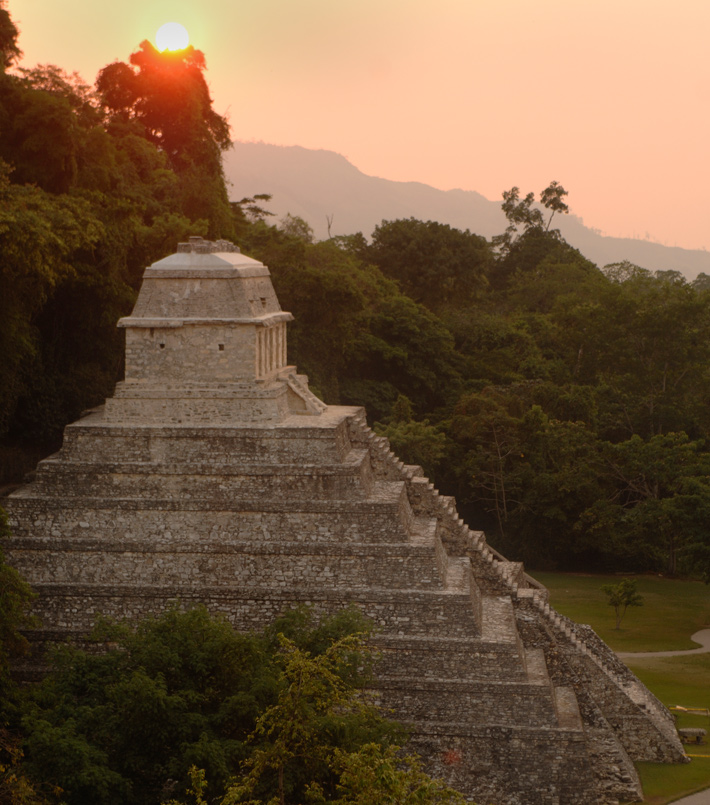PRINCETON, NEW JERSEY—Chemical analysis of ceramic vessels thought to have been used for making cheese 7,500 years ago has revealed molecular traces of milk fats. Peter Bogucki of Princeton University thought that the pots, which were found in northern Poland and are covered with holes, served to strain milk collected by early herders, but he needed proof. “This is the first and only evidence of [Neolithic] cheese-making in the archaeological record,” said chemist Richard Evershed, who contributed to the project. Cheese is lower in lactose than fresh milk, and was therefore more digestible for Neolithic people, who were unable to digest lactose past childhood.
Poland's Neolithic Cheese Makers
News December 13, 2012

Recommended Articles
Off the Grid January/February 2026
Prophetstown, Indiana

Letter from France January/February 2026
Neolithic Cultural Revolution
How farmers came together to build Europe’s most grandiose funerary monuments some 7,000 years ago

Features January/February 2026
The Cost of Doing Business
Piecing together the Roman empire’s longest known inscription—a peculiarly precise inventory of prices

Features January/February 2026
The Birds of Amarna
An Egyptian princess seeks sanctuary in her private palace

-
Features November/December 2012
Zeugma After the Flood
New excavations continue to tell the story of an ancient city at the crossroads between east and west
 (Hasan Yelken/Images & Stories)
(Hasan Yelken/Images & Stories) -
Letter from India November/December 2012
Living Heritage at Risk
Searching for a new approach to development, tourism, and local needs at the grand medieval city of Hampi
 (Gethin Chamberlain)
(Gethin Chamberlain) -
Artifacts November/December 2012
Beaker Vessels
Ceramic beakers were the vessels of choice for the so-called “Black Drink” used at Cahokia by Native Americans in their purification rituals
 (Linda Alexander, photographer, use with permission of the Illinois State Archaeological Society)
(Linda Alexander, photographer, use with permission of the Illinois State Archaeological Society) -
Digs & Discoveries November/December 2012
The Desert and the Dead
 (Courtesy Bernardo Arriaza)
(Courtesy Bernardo Arriaza)


